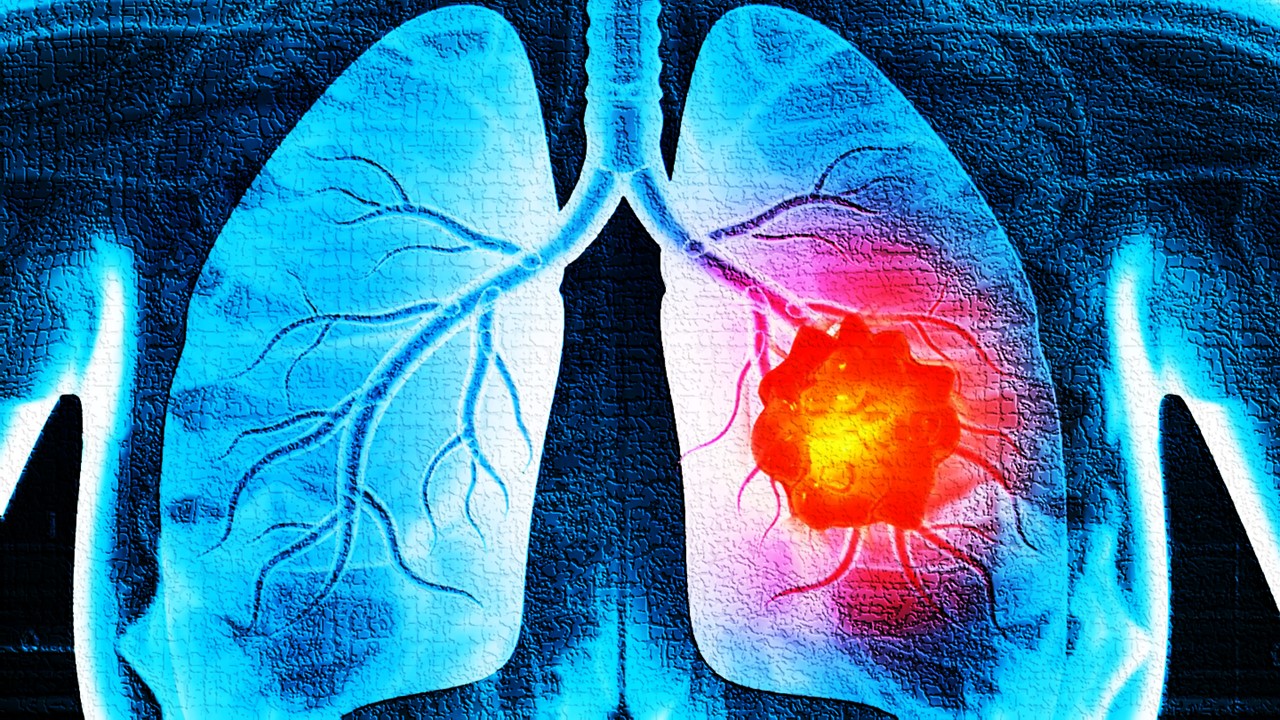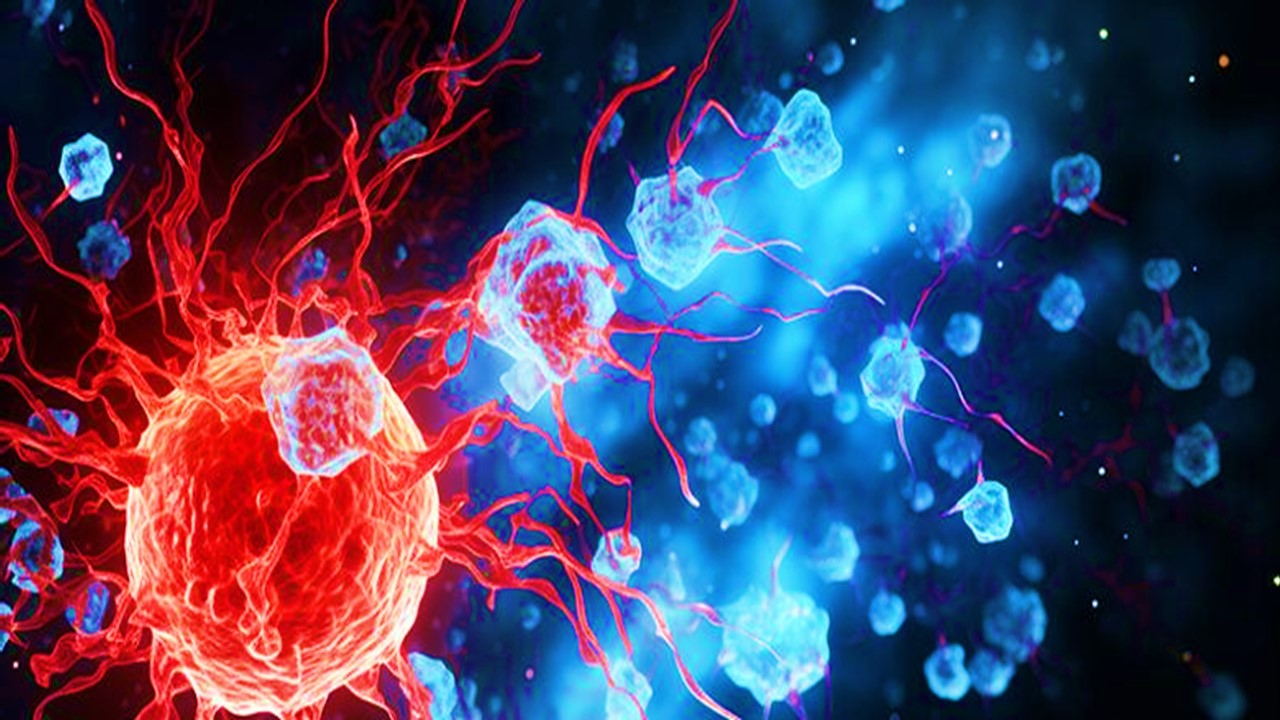Antiretroviral therapy (ARV) stands as a revolutionary cornerstone in the treatment of HIV/AIDS, exerting a profound impact on immune reconstitution and significantly improving immune function in individuals living with the virus. The comprehensive exploration of the role of ARVs in immune reconstitution unveils a complex interplay of molecular interactions, immunological processes, and viral dynamics that underlie the restoration of immune health. Understanding the intricate mechanisms by which these medications restore immune function is paramount for optimizing treatment strategies and enhancing clinical outcomes.
Targeting Viral Replication: Suppression of HIV and Immune Reconstitution
ARVs target different stages of the HIV replication cycle, effectively suppressing viral replication and reducing viral load in infected individuals. By inhibiting viral enzymes, such as reverse transcriptase, protease, and integrase, ARVs impede viral replication, leading to the mitigation of viral spread and the preservation of immune cell populations. The reduction in viral load achieved through ARV therapy allows for partial restoration of CD4+ T cell counts, a key indicator of immune function, thereby improving immune competence and reducing the risk of opportunistic infections.
Immunomodulatory Effects of ARVs: Mitigating Chronic Inflammation and Immune Dysfunction
Beyond their direct antiviral effects, ARVs exert immunomodulatory properties that contribute to immune reconstitution. Persistent viral replication and chronic immune activation during HIV infection result in a state of chronic inflammation and immune dysfunction. ARVs mitigate these detrimental effects by suppressing viral replication and reducing immune activation. As a consequence, systemic inflammation decreases, allowing the immune system to recover and regain its functionality.
Restoring Balance in Immune Cell Subsets: Replenishment of CD4+ T Cells
ARVs also restore the balance of immune cell subsets by promoting the regeneration of immune cell populations. CD4+ T cells, in particular, are critically impacted by HIV infection, leading to their depletion and functional impairment. ARV therapy enables the replenishment of CD4+ T cells by reducing viral-induced immune destruction, promoting thymic output, and increasing peripheral expansion of CD4+ T cell subsets. This immune reconstitution is a gradual process, with CD4+ T cell counts typically increasing over time with sustained viral suppression.
Modulating Immune Regulatory Molecules: Restoring Immune Homeostasis
Furthermore, ARVs contribute to the restoration of immune homeostasis by modulating the levels and functions of immune regulatory molecules. The suppression of viral replication and immune activation by ARVs promotes a more balanced cytokine milieu, reducing the excessive production of pro-inflammatory cytokines and dampening immune responses. Consequently, the dysregulated immune signaling pathways observed during active HIV infection gradually normalize, enabling immune cells to function optimally and maintain immune equilibrium.
Restoration of Gut-Associated Lymphoid Tissue Function: Implications for Immune Reconstitution
ARV therapy also has implications for the restoration of gut-associated lymphoid tissue (GALT), a crucial component of the immune system that undergoes significant damage during HIV infection. The viral replication within GALT leads to extensive depletion of CD4+ T cells and disruption of the gut mucosal barrier. ARVs mitigate this damage by reducing viral replication in GALT and promoting immune reconstitution within this critical immune compartment. As the gut mucosal integrity is restored, immune responses against opportunistic pathogens improve, and the risk of systemic immune activation decreases.
Challenges in Immune Reconstitution with ARV Therapy
While ARVs have been remarkably effective in restoring immune function and improving the overall health of individuals living with HIV/AIDS, challenges remain. Some individuals may experience incomplete immune reconstitution despite achieving viral suppression with ARVs. Factors such as late initiation of therapy, advanced disease progression, and co-infections can contribute to suboptimal immune recovery. Ongoing research aims to elucidate the underlying mechanisms of these challenges and develop strategies to optimize immune reconstitution in all individuals receiving ARV therapy.
In conclusion, ARV therapy has transformed the landscape of HIV/AIDS treatment, significantly improving immune function and patient outcomes. By suppressing viral replication, reducing chronic inflammation, replenishing immune cell populations, and restoring immune homeostasis, ARVs contribute to immune reconstitution in individuals living with HIV/AIDS. The multifaceted interactions between ARVs, the immune system, and the virus shape the restoration of immune health and offer insights for the development of novel therapeutic interventions and improved management strategies for individuals living with HIV/AIDS.
Engr. Dex Marco Tiu Guibelondo, BS Pharm, RPh, BS CpE
Subscribe
to get our
LATEST NEWS
Related Posts

Immunology & Oncology
The Silent Guardian: How GAS1 Shapes the Landscape of Metastatic Melanoma
GAS1’s discovery represents a beacon of hope in the fight against metastatic disease.

Immunology & Oncology
Resistance Mechanisms Unveiled: The Role of Glutathione S-Transferase in Cancer Therapy Failures
Understanding this dual role of GSTs as both protectors and accomplices to malignancies is central to tackling drug resistance.
Read More Articles
Myosin’s Molecular Toggle: How Dimerization of the Globular Tail Domain Controls the Motor Function of Myo5a
Myo5a exists in either an inhibited, triangulated rest or an extended, motile activation, each conformation dictated by the interplay between the GTD and its surroundings.
Designing Better Sugar Stoppers: Engineering Selective α-Glucosidase Inhibitors via Fragment-Based Dynamic Chemistry
One of the most pressing challenges in anti-diabetic therapy is reducing the unpleasant and often debilitating gastrointestinal side effects that accompany α-amylase inhibition.













